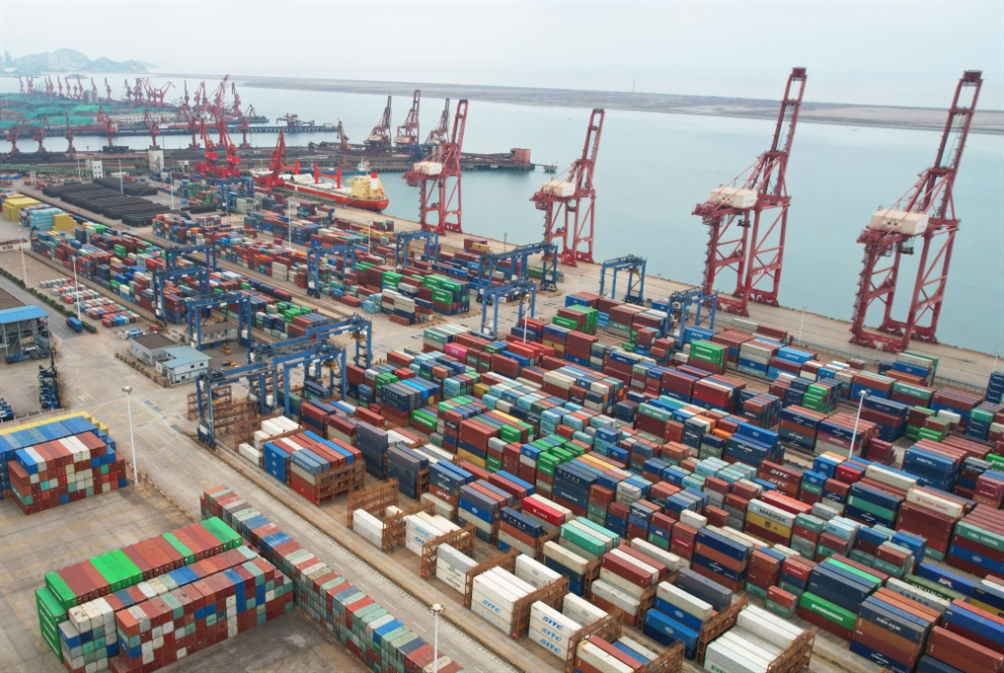Two years ago, China’s exports better met the needs of the rest of the world for Covid-19 prevention products, such as masks or teleworking equipment. However, this demand is declining.
The Asian giant is also facing its biggest outbreak since the pandemic began in weeks, when millions of people were rushed to quarantine in late March in Shanghai, the country’s economic capital.
Restrictions persist and affect supply chains because the port city is a very important entry and exit point for Chinese goods.
As a result, China today posted mixed trade results recorded in April.
Last month, China’s exports grew at the slowest pace in nearly two years, at 3.9 percent.
Analysts polled by Bloomberg expect a stronger slowdown (+2.7%) after rising to 14.7 year-on-year in March.
Thus, Chinese exports recorded the worst performance since June 2020 (+0.5%).
As for China’s imports, they showed zero year-on-year growth in April.
However, this rate was better than that recorded in March (-0.1%) and higher than analysts expected (-3%).
A year ago, China’s imports jumped 43.1 percent amid an economic downturn after nearly paralyzing activity in the first wave of the COVID-19 epidemic in early 2020.
And IRS spokesman Lee Kuen tried to plant a dose of optimism now, as China’s economy has room to recover because of the “positive fundamentals” it enjoys. However, analysts are more skeptical.
“The hope for a rebound in exports after the pandemic could be a disappointment,” said Julian Evans-Pritchard, an analyst at Capital Economics.
He further warned: “On the contrary, a new downturn is expected in the coming quarters,” stressing that the gradual removal of medical restrictions abroad is causing a decline in demand for Chinese goods. needed to fight Covid.
Today, exports are one of the pillars of China’s economy, while consumption is weak due to the outbreak of the epidemic in the country and the crisis in the real estate sector, which has been one of the drivers of the economy back then.
Jiu Zhang, an economist at Pinpoint Asset Management, stressed that weak imports show a “relatively slow recovery in manufacturing” in China due to “delays” in shipping parts and components to the industry.
Experts warn that China’s “zero Covid” policy, which includes lockdown and quarantine measures as well as extensive and frequent diagnostic tests of the population, looks very costly to the country’s economy.
In the past month, tens of millions of Chinese have been quarantined in the northeast of the country, in the nest of the automobile industry. The restrictions were subsequently removed, but the restoration of activities faced difficulties.
However, China’s trade surplus reached $ 51.1 billion in April against $ 47.38 billion last month.
Source: Al-Akhbar
